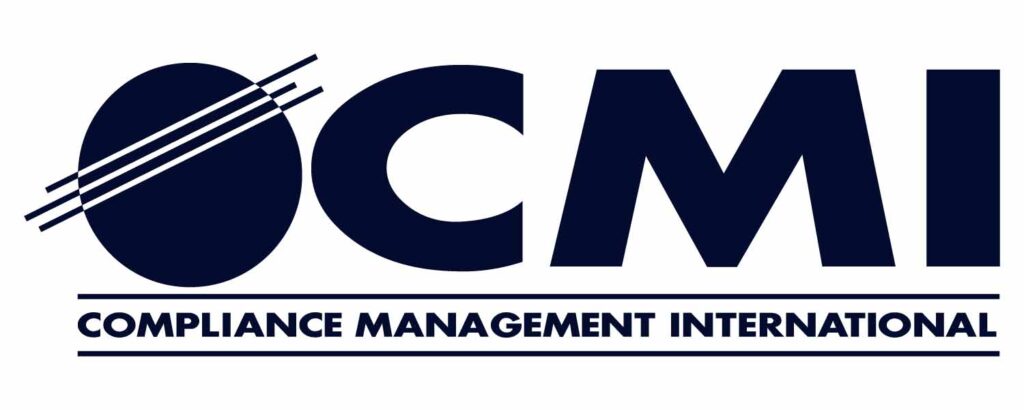The ACE rule consists of three main actions:
- the Clean Power Plan (CPP) from the previous administration is now repealed;
- Created emission guidelines that require states to develop and submit to the EPA plans that establish standards of performance for CO2 emissions from certain existing coal-fired electric utility generating units (EGUs) within their jurisdictions is created; and
- The EPA has finalized regulations governing implementation of the ACE rule and any future emission guidelines issued under Clean Air Act (CAA) Section 111(d).
The EPA originally proposed the above actions in addition to revisions to some of the New Source Review Program, however has decided to pursue the revisions at a later date. As part of the Regulatory Impact Analysis (RIA) to be released with the final rule, EPA produced a benefit-cost analysis comparing the ACE rule to a single baseline which does not include the projected reductions that would have been achieved by the CPP. Overall, the analysis indicates that the impacts of the rule in terms of emissions, compliance costs, and other energy sector effects are small compared to the recent market-driven changes that have occurred in the power sector.
They estimate by 2030, the ACE is said to reduce emissions of:
- CO2;
- Mercury;
- and Precursors for pollutants like fine particulate matter and ground level-ozone.
States will have 3 years to submit plans. If they fail to submit plans, the EPA will enforce federal plans for that state.



